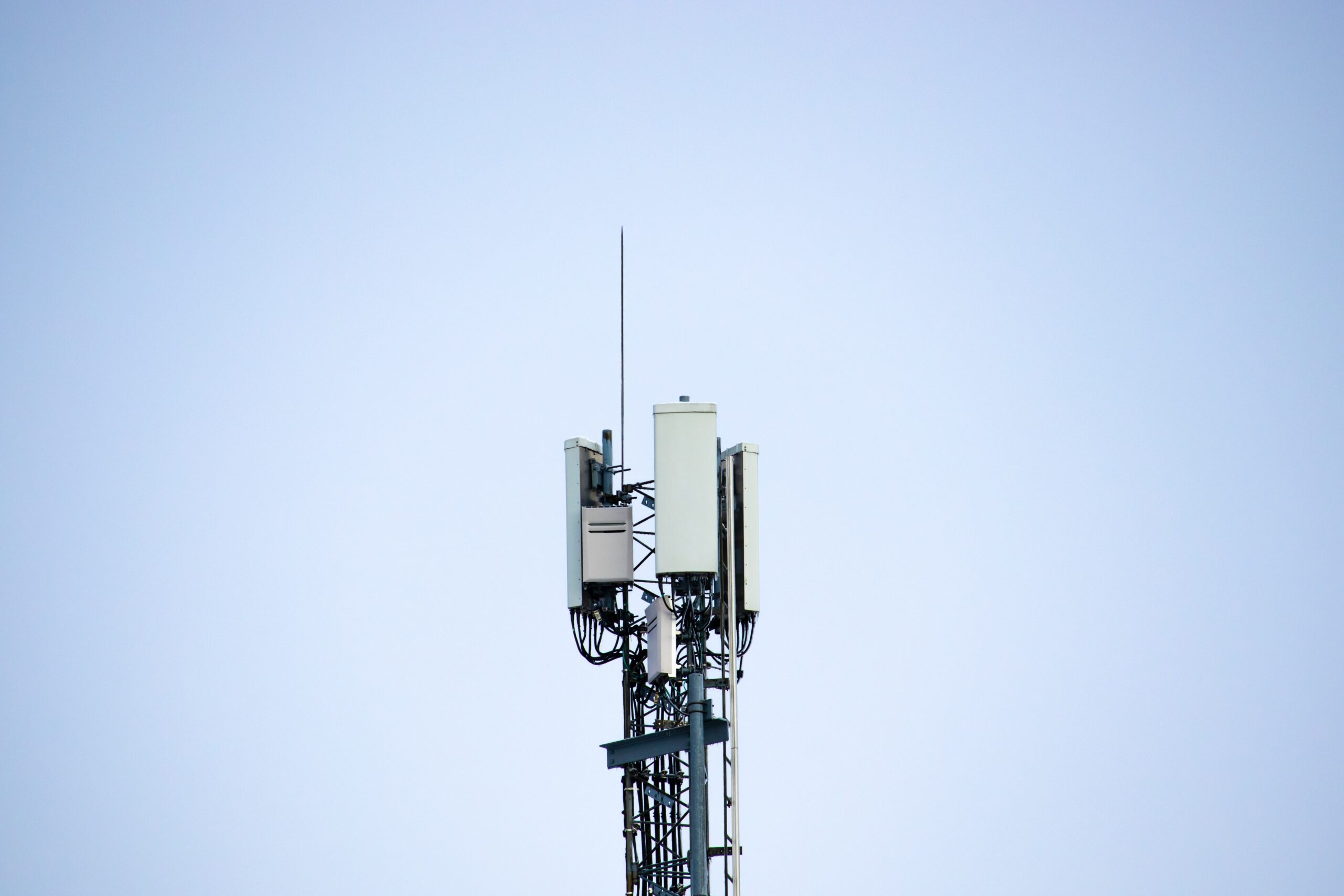
(Dylan Carr via Unsplash)
Driving across the Midwest at harvest, one experiences again the long vistas of sun slanting on fields, dust rising from combines, farmhouses and pole barns at great distances like Monopoly houses waiting on a roll of the dice. Cornucopia, plenty, gratitude, safety, blessings:
Come, ye thankful people, come,
Raise the song of harvest home!
All is safely gathered in,
Ere the winter storms begin;
God, our Maker, doth provide
For our wants to be supplied;
Come to God’s own temple, come;
Raise the song of harvest home!
It is easy not to see the landscape in its entirety, but consider too the manmade—the microwave towers, radio masts, and cell towers rising up stiffly in the fields; the lattice pylons, tube towers, and concrete or wood utility poles that help make our electrical grid “the largest interconnected machine on Earth”; guardrails like staples in a wound; 26 million streetlights vying with moon and stars. Engineering is half-smart; it mimics nature’s forms but gets only the strength right, unlike any one blade of grass.
Consider the more than a million OOHs (“out of home displays”) that help pay for these things and which the Outdoor Advertising Association of America sells as “big, bold, powerful storytelling capabilities that deliver larger-than-life creative impact.”
Even the crops—slightly irregular, fuzzy-headed, mortal—“are as man-made as a microchip, a magazine, or a missile. Much as we like to think of farming as natural, ten thousand years ago it was a new and alien development. Stone Age hunter-gatherers would have regarded neatly cultivated fields, stretching to the horizon, as a bizarre and unfamiliar sight. Farmed land is as much a technological landscape as a biological one.”
I remember a famous novelist telling me he couldn’t wait until every child in the “underdeveloped” world had access to a laptop, which should be a main goal—one of those naive statements by a smart man that suddenly re-forms him in the listener’s brain, as everything he has ever written shifts around like crystals trying to find stability.
“Our wants [not needs] to be supplied,” says the hymn. Wants become choices, and the choices become a focus.
Consider the landscape before men, still glimpsed in places like North Dakota or in creatures like woolly bear caterpillars, who cross concrete highways in droves this time of year. They must consider the hot, hard river something to be overcome, to get beyond. There is no life on it.
But it is odd to focus on the inhuman. Better to shift perspective. Elsewhere in the world institutions fall, children lie still in the wreckage of the wave, and madness bites its own flanks. Here we are having a lovely fall.
